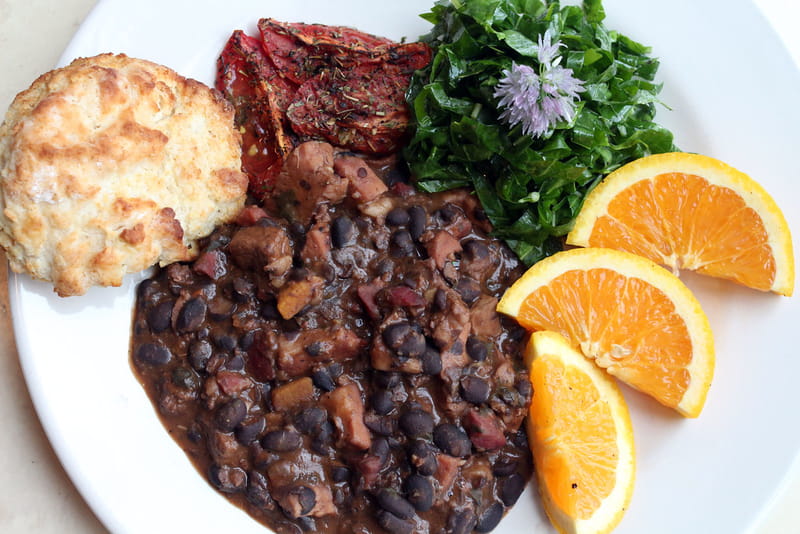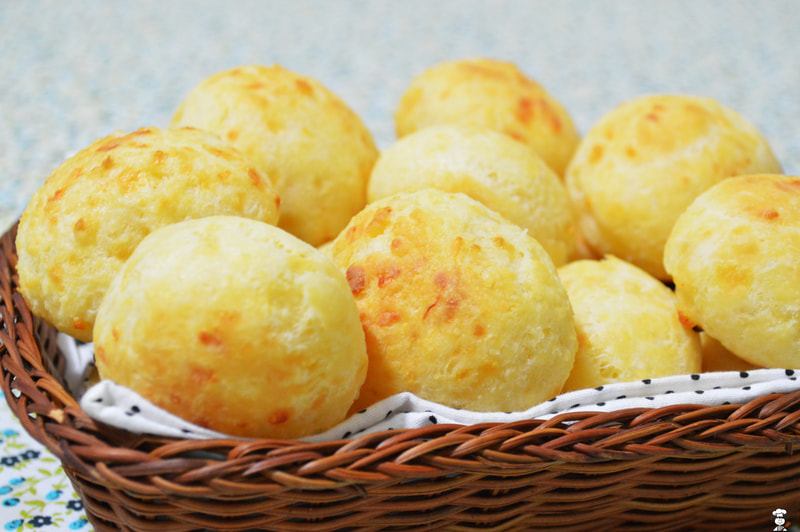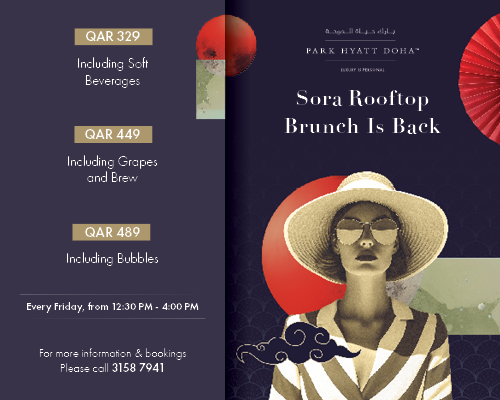Brazilian is more than football, carnivals and Amazon Rainforest. Its cuisine is one of the country’s greatest attributes, becoming popular across the world. Brazilian cuisine slowly becoming a favourite in Qatar.
Brazilian cuisine can be described as a fusion of indigenous ingredients with foreign influences, mostly Portuguese and West African. There’s so much to learn about the rich Brazilian cuisine.
The national dish is feijoada, a black bean and meat stew that Brazilians often served with farofa, rice, slices of orange, and greens on the side. The name feijoada comes from feijão, which means ‘bean’ in Portuguese.
Farofa is a classic Brazilian dish that is mainly made from toasted cassava (manioc) flour. It is salty and may contain varying amounts of salt, bacon and spices. It can be eaten as a main or as a side dish, and served with rice and beans.
Known as the Brazilian Shrimp Stew, vatapá is a thick stew from Bahia, one of the 26 states of Brazil, made from shrimp, bread, ground peanuts, coconut milk, palm oil and a mixture of herbs mashed into a creamy paste. It is usually eaten with rice and acarajé, a type of fritter made from cowpeas. The shrimp can be replaced with tuna, chicken, cod or vegetables.
Another popular seafood stew from Bahia, is the Afro-Brazilian moqueca de camarão is a slow-cooked stew containing prawns or fish, coconut oil and milk with added vegetables, tomatoes, onions, and coriander, and served hot in a clay pot. Variations of moqueca can also be found in West African cuisines.
Another favourite from Bahia and a popular street food is acarajé, a crispy fritter is made from black-eyed peas, which are mashed with chopped onions and deep-fried. Variations of acarajé can also be found throughout West African and Caribbean cuisines.
Pastel are curved or rectangular puffy and crispy pastry pockets or crust pies with assorted fillings such as cheese, ground beef and chicken that is deep-fried in vegetable oil. It is a popular street food with mostly various savoury fillings, but can also have sweet fillings.
Empadão is a crust pie filled with casseroled chicken and a mix of vegetables such as corn, hearts of palm and peas. Beef and shrimp can sometimes be used instead of chicken.
Pão de queijo is the Brazilian cheese bread, originating from the Minas Gerais, a region in the south. The light, fluffy baked cheese balls are made from cassava flour dough and queijo Minas, a Brazilian soft cheese. Popular for breakfast, they can be served with cheese and jam.
A popular street food is coxinha or Brazilian Chicken Croquettes made of shredded chicken and cheese covered in a soft dough, shaped as a teardrop, which after breaded and deep-fried, becomes crunchy.
Derived from the Tupi word for “sticky”, pamonha is the Brazilian version of tamales. Traditionally sold as street food in Brazil, it’s made with boiled and mashed sweet corn wrapped in corn husks. Pamonhas can be either savoury typically filled with sausage, chicken, peppers, or cheese, or sweet served plain or made with coconut milk mixed into the mashed corn.
Barbecued meat is a Brazilian specialty. Churrasco is a Brazilian barbecue method where juicy pieces, slices, steaks, and chops of beef, veal, lamb, pork, and chicken are placed on big skewers and grilled over wood fire. Picanha is steak, which is a cut of beef that comes from the rump cap muscle. The steaks are often seasoned with only salt, bent in a horseshoe shape, skewered and cooked over an open fire at the country’s popular churrascarias or rodízios, which are restaurants that serve meat on huge sword-like skewers grilled over a wood fire.
 Brazilian desserts are absolutely delicious and important to Brazilians to have after every meal. Named after the 1940s political figure Brigadier Eduardo Gomes and have been popular since World War II, Brigadeiro is Brazil’s version of the chocolate truffle. This classic dessert is made of condensed milk, cocoa powder, butter, and then shaped into balls and covered in chocolate sprinkles. The traditional brigadeiro is milk chocolate, but there are also white chocolate versions, which are made with white chocolate chips, sweetened condensed milk, unsalted butter, vanilla extract and milk then covered in either white chocolate or shredded coconut sprinkles.
Brazilian desserts are absolutely delicious and important to Brazilians to have after every meal. Named after the 1940s political figure Brigadier Eduardo Gomes and have been popular since World War II, Brigadeiro is Brazil’s version of the chocolate truffle. This classic dessert is made of condensed milk, cocoa powder, butter, and then shaped into balls and covered in chocolate sprinkles. The traditional brigadeiro is milk chocolate, but there are also white chocolate versions, which are made with white chocolate chips, sweetened condensed milk, unsalted butter, vanilla extract and milk then covered in either white chocolate or shredded coconut sprinkles.
Canjica is a sweet porridge made with whole maize kernels (canjica) or white corn cooked with milk, coconut milk and sugar then sprinkled with cinnamon on top. It is also called mugunza in northern Brazil and is closely associated with and served in winter festivals like Festa Junina in June.
Marhaba Picks: Hotel and independent restaurants, serving Brazilian cuisine in Qatar:
- Ipanema, Marriott Marquis City Center Doha Hotel | 4419 5510
- Rodizio Brazilian Churrascaria, Crowne Plaza Doha – The Business Park | 5038 2628
- SUSHISAMBA Doha (Japanese, Brazilian and Peruvian), Waldorf Astoria Lusail Doha | 4456 5774
- Texas de Brazil, Mall of Qatar | 5513 3365
Author: Ola Diab
Copyright © Marhaba Information Guide. Reproduction of material from Marhaba Information Guide’s book or website without written permission is strictly prohibited. Using Marhaba Information Guide’s material without authorisation constitutes as plagiarism as well as copyright infringement.











